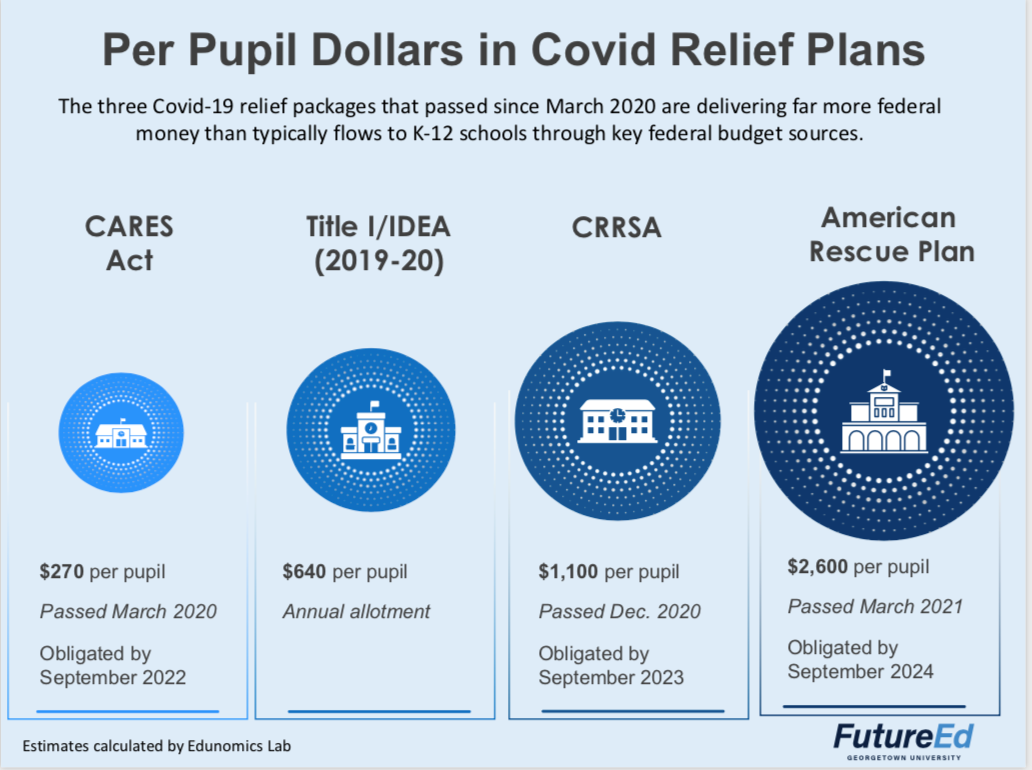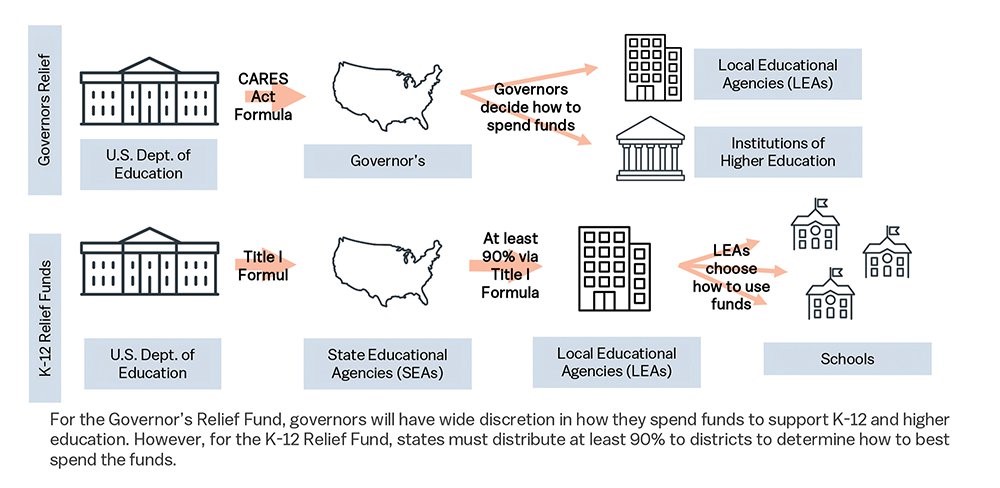

By Carolyn Goldthwaite | Wed, April 21, 21
Last year was a year of turmoil, in many ways. Specifically for the buildings sector, COVID-19 gave us a new lens through which to look at our public buildings, schools, and homes. In all the chaos around in-person vs. hybrid vs. remote learning, there was also a collective struggle in the buildings community to figure out how to take care of our schools – how to care for them while they were unoccupied, how to prepare them for a return to use, and how to ensure we create resilient, healthy, positive cornerstones of our communities.
It definitely felt like 2020 threw the built environment a bunch of lemons.
But the air quality issues, the lack of proper building maintenance, the challenges within our schools are nothing new. Fifty three percent of public school districts report the need to update or replace multiple building systems, including HVAC systems.
Schools in the NEEP region, on average, are more than 50 years old. And, by and large, they are not being properly maintained, updated, or replaced. This is not due to lack of effort. More often, maintenance budgets get cut due to budget shortfalls, and this creates inefficient systems at the budgeting and planning level. On top of that, there is a shortage of qualified building operators. The American Society of Civil Engineers graded America’s public K-12 infrastructure with a D+ in its 2021 Infrastructure Report Card, the same terrible grade as in its prior 2017 report.
We have a systemic problem across the country of not maintaining our school buildings. Schools are the center of our communities; they should be the center of the infrastructure plan.
So Much Money – The First Ingredient for Lemonade
The new administration has made climate change a priority. To tackle climate change (and other things), it has developed the Build Back Better plan, which includes addressing infrastructure. This means that, very soon, there will be several funding opportunities for state and local governments. The challenge will be for those state and local governments to understand and coordinate all of the different funding streams that may be available to them.
On a recent call with one of our state’s department of education staff, we had a dizzying conversation around all of the money that would be arriving – stimulus funding, recovery plan funding, formula funding. Surprisingly, some of this funding is even outside of the purview of departments of education. How can departments of education have no control or say over money coming to help school districts? It makes no sense.
Getting the Ingredients Together
The American Rescue Plan provides what is deemed as necessary resources to meet the President’s goal of safely reopening K-8 schools. This funding translates into getting children back in school, which means getting parents back to work. Congress has included more than $192 billion for K-12 schools -- roughly six times the amount of fiscal year 2021 base federal funding. But what can schools do with that money?
Funding may be used for a wide range of activities to address needs for reopening and operating schools that arose from COVID-19. These projects should focus on ways to effectively maintain the health and safety of students, teachers, and other staff; ways to train staff on sanitizing and minimizing the spread of infectious diseases; and ways to purchase educational technology and technology to improve indoor air quality (think HVAC).
The American Rescue Plan money is a one-time injection. It can be used until 2024, but if communities want to use this money, they should not put it into operating budgets without plans for future replacement funding from state or local sources. It may seem attractive to hire more teachers or support staff, but this could create bigger problems in a few years. Infrastructure upgrades, however, sidestep this problem. States and communities should focus on upgrading their infrastructure - especially HVAC systems.
Outlining the Recipe
The $3 billion Governor’s Emergency Education Relief Fund that states will receive is based on a combination of both school-age population and rates of poverty. Governors have wide discretion over use of these funds to support K-12 or higher education. Getting the full economic benefit will depend on whether the majority of state and local officials spend it in a coordinated and strategic way. In addition to coordinating with each other, officials should also coordinate with incentives from utility programs. In addition, the funding should make it possible to increase contracting opportunities for small and minority-owned and women-owned businesses. States should develop oversight metrics to ensure that these funds are being spent effectively and equitably.
Making Lemonade out of Lemons
This past year has been something. It has served up so many hurdles and challenges. Communities are struggling from lost revenue from parking meters, taxes, tourism, and other similar sources. Moody’s Analytics estimates that the total budget shortfall facing states for fiscal years 2020-22 would reach $434 billion, which amounts to the worst cash crisis since the Great Depression. To deal with this, communities have had to adapt. It’s not uncommon that state and local governments have had to cut basic services and lay off or furlough 1.4 million workers. And in the face of this struggle, how can we use this last year as an opportunity?
Communities should consider using these funds not only for immediate needs but also for the longer term. To get the maximum benefit from this infusion of money, states and communities should prioritize funding that ensures long-term health and energy efficiency benefits are realized. States and communities should create opportunities to educate and grow the workforce.
None of this is new. We’ve known this for a long time. COVID-19 simply put a glaring spotlight on it.
I frequently hear from folks how this massive infusion of money will help us “return to normal”. The truth is, we shouldn’t return to normal. Instead, we should pause and think of ways to use this funding strategically to repair our schools and train our workforce. For too long, our students, teachers, and staff have had to deal with high rates of asthma and absenteeism due to poor indoor air quality. We need to provide safe and healthy environments that are conducive to learning for children of all ages and backgrounds. School buildings need to be in good condition and provide working heating and air conditioning, clean water, and modern technology to fulfill a host of other functions.
We should take “returning to normal” off the table and instead put schools at the center of the infrastructure plan.
NEEP resources for communities:
- Community Action Planning for Energy Efficiency (CAPEE) – a free online tool that equips communities with resources and knowledge to set goals and prioritize actions that lead to improved energy efficiency and reduced carbon emissions.
- Operations and Maintenance Guide for Schools and Public Buildings
- NE-CHPS – a criteria for the design of high performance schools.


